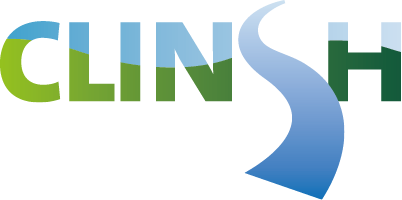B. lmplementation actions (obligatory)
B1 Emission reduction technologies and fuel tranistion demonstration
The demonstration is a core action of the LIFE project. In this action the demonstration of the environmental impact of emission reduction technologies is executed under real life conditions. This includes on-board measurement of air polluting emissions on the selected vessels. This provides a valuable insight for ship-owners, in their consideration whether to apply these technologies as well as for policymakers. Other stakeholder groups, such as financial institutions for the provision of funding for the investment costs.
The action leader EICB will, in cooperation with the partners, set up a structure to manage the activities within this action, including: an internal information flows.
B2
Onshore Power Supply demonstration
The key objective:
* assess environmental and economic benefits of onshore power supply (OPS) for use of inland vessels
* develop guidance for the provision of grid-connected and mobile OPS
* help justify investments.
This action will demonstrate how OPS can improve air quality and aid compliance with emission limits.
MSE is action leader
B3
Emission inventory and demo results
Emissions of nitrogen oxides and particulate matter from a representative selection of the inland vessel fleet, will be monitored on board the ships. The SO2 emissions are important for the formation of fine particulate matter and can be calculated directly from the fuel consumption. The on-board measurements will be complemented by measurements ashore beneath the river banks of air pollutants. These measurements will be used to understand how emissions from the engines result into concentrations of pollutants in the ambient air.
HZG: action leader, emission model, inventories and scenarios
B4
Modelling, evaluating and scenario building
To estimate the impact of inland shipping on air quality measuring of air pollutants concentrations and chemistry transport modelling is required. To guarantee a sound comparison between regions different transnational approaches for modelling large scale areas and regional air quality will be used. Modelling and scenario experiences will be shared with FAIRMODE community and the Joint Research Centre (JRC) for dissemination and consistency. The results will be shown on maps in a comprehensible way.
DCMR: action leader
Project Activities
-
A. Preparatory actions
- A1. Procurement
- A2. Measurement protocols
-
B. Implementation actions
- B1. Emission reduction technologies and fuel tranistion demonstration
- B2. Onshore Power Supply demonstration
- B3. Emission inventory and demo results
- B4. Modelling, evaluating and scenario building
- C. Monitoring of the impact of the project actions
- C1. Socio-economic study and project indicators
- D. Public awareness and dissemination of results
- D1. Communication and dissemination
- D2. Policy tools and recommendations
- E. Project management
- E1. Project management
